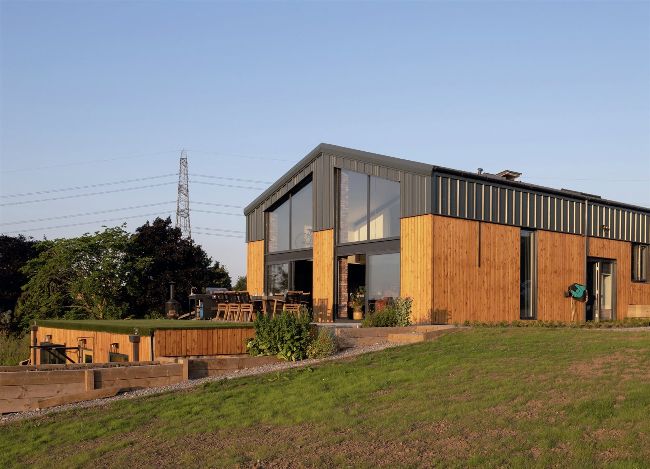FOCUS ON Permitted development
Are you looking to enhance your property but unsure whether you need planning permission? This could be the answer, saysJulia Riddle,allowing you to undertake certain works without a full application

Above: After his plans to build from scratch were rejected by the planners, Build It reader Jamie Davison realised he could convert an existing barn under Class Q rules (a type of permitted development)
EXPOSURE PHOTO AGENCY
Permitted development (PD) rights allow you to carry out specific works on buildings and land without needing planning permission. For residential properties, this includes interior alterations and certain building operations that do not significantly change the external appearance of the property. Permitted development rights also cover some changes in property use, such as converting a building to residential use.
While these rights can simplify many home improvement projects, navigating the rules is not always as straightforward as it seems. Knowing what qualifies and how to ensure compliance is the key to unlocking the benefits of PD with confidence.
Key considerations
Permitted development rights are a complex area of planning. It should be obvious – the rules allow for a 3m depth single storey extension to a dwelling, for example. But why can’t you just get on and build such an extension with confidence? There are two main issues to consider; firstly, there are many situations and circumstances where, for some reason, the rights might not exist.
Secondly, even where it is possible, there is likely to be some form of process to follow.